The archaeological site of Meninx is located on the southeast coast of the island of Djerba, not far from the Roman road (the Kantra), near the current city of Henchir El Kantara. It is two kilometers long and eight hundred meters wide, part of which was probably submerged by the sea.
It was originally a trading post founded by the Phoenicians. The city reached its peak in Roman times, when it became the capital of the island. Life continued in the city until the Byzantine era, in the 6th century.
It extends over a few kilometers but most of the remains have not yet been excavated (several excavations have been carried out at the site such as the excavations of Mr Duval in 1942).
A first prospection of the site highlights thermal baths, an amphitheater, a theater, a basilica, probably a forum as well as warehouses. In addition, the ground is strewn with remains, such as white marble column bases, granite columns, capitals and numerous statues.
In 1942, excavations were undertaken by Paul-Marie Duval. Between 1996 and 2001, a Tunisian-American team carried out surveys of the island and some soundings, in particular in Meninx: the occupation and economic activity of the city, based on agriculture and the production of purple, are specified. for the ancient period. Since 2015, a Tunisian-German team has been carrying out geophysical surveys and archaeological excavations on the site; a development operation and an archaeological park project were also launched in 2018 following a partnership between the Louis-et-Maximilian University of Munich and the National Heritage Institute.
This site was originally a Phoenician counter but its peak was known especially during the Roman era. During the Carthaginian era, the whole island of Djerba was called Meninx.
Several monuments have been highlighted such as thermal baths, an amphitheater, a basilica, basins for the treatment of Murex, salting vats for the manufacture of garum and perhaps a forum.
Long planning work, scientific excavation and work on the construction site lasted a year on what was a commercial crossroads between the different continents built by the Phoenicians around the 5th century BC
The ruins of El Kantara, the 7 km roadway built by the Romans to connect Djerba to the mainland can be seen from this site. It was replaced by a road in 1951 that motorists sometimes take instead of going through the Bac de Djerba.
Within the Archaeological Park of Meninx will be offered a reception center informs the INP, which will provide information on the history of the city, its buildings and their importance in antiquity. This includes, for example, the production and trade of purple dye, which was extracted from thousands of Murex snails. From the new platform there will be a magnificent view of the old forum, the market, the warehouses and of course the sea.

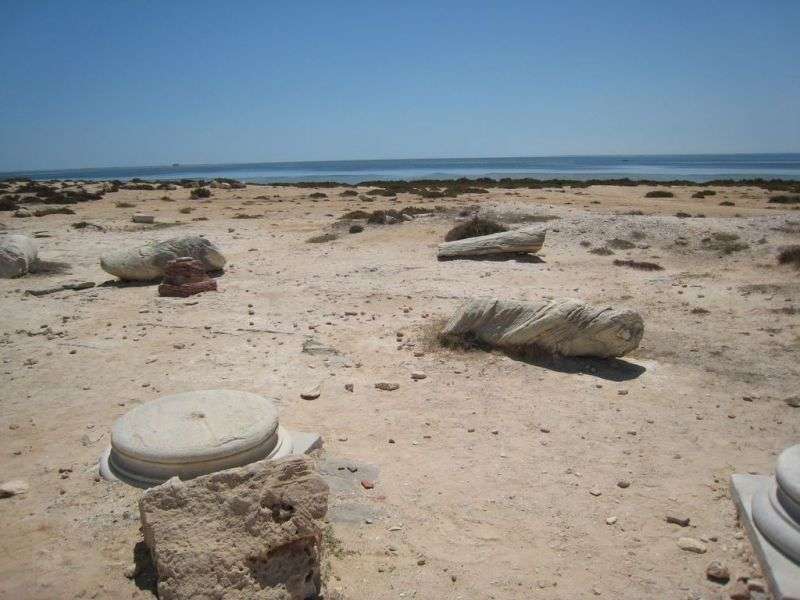
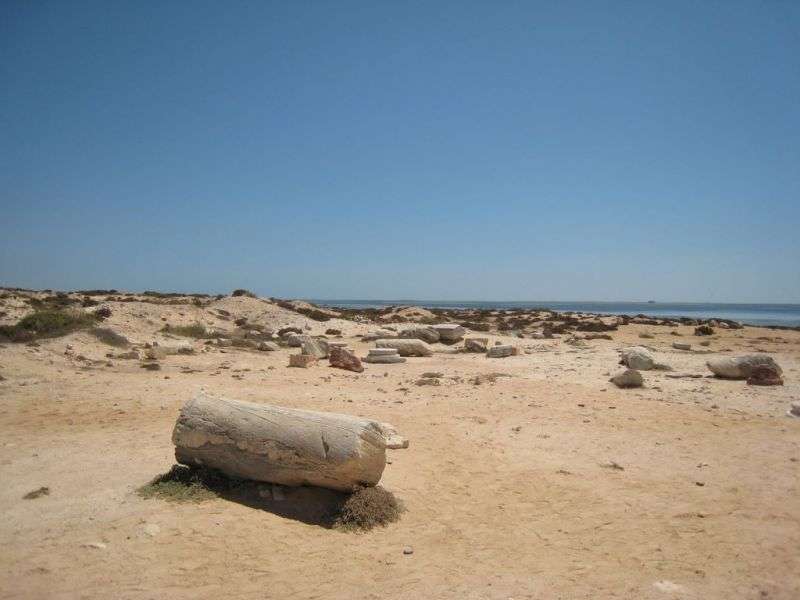
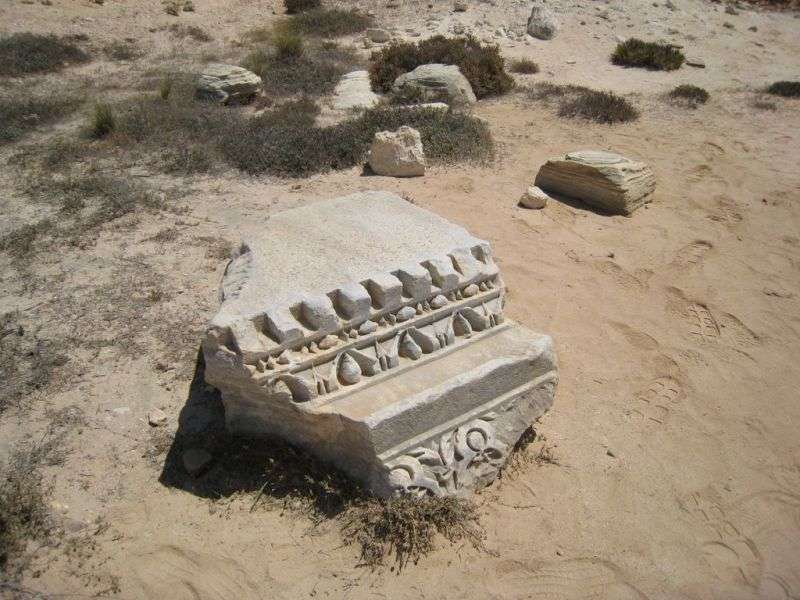
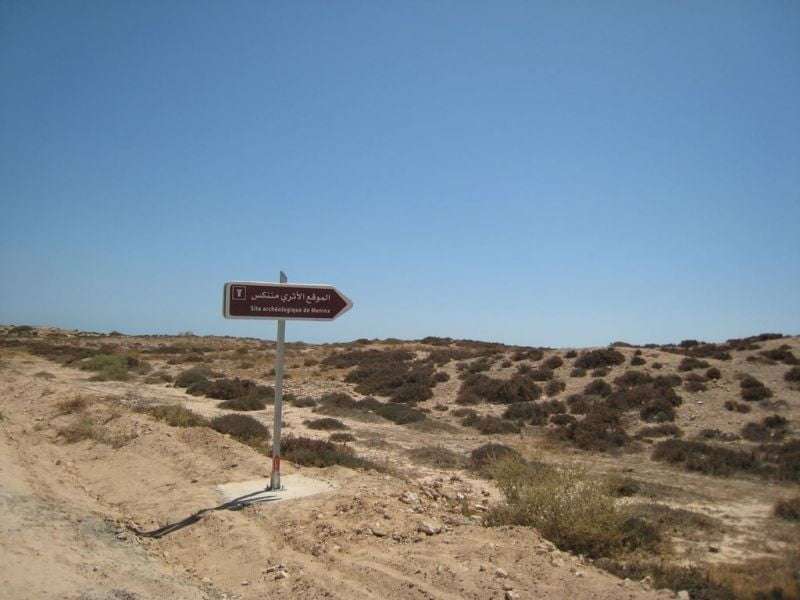 >
>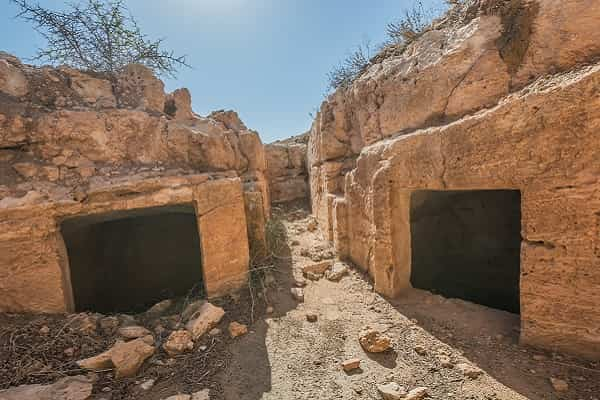
 Read More Reviews
Read More Reviews
nclain
2 years agoThe signs are in Arabic, French, and German. Couldn't find any gold.
Riadh Bergeb
7 years agoVeryyyyy nice
Andrea Rebosio
2 months agoAn archaeological site containing Roman ruins. Some marble stones are hidden beneath a building, while the rest are left abandoned in the ground. At the back is an open area where other remains can be seen emerging from the ground, such as part of a column and other parts of ancient buildings. It's a shame that everything has been left like this without any particular care or maintenance.
Marc Sinoussi
a year agoArchaeological site located in the south of the island of Djerba. There was a forum, a port where commercial exchanges took place. Today the site is accessible free of charge and barely visible from the road.
Daniel Karasek
4 months agoI don't know much about archeology, but when I have time at home, I'll read what's written on these boards. Probably a very important and interesting place, but I don't think I have enough knowledge.